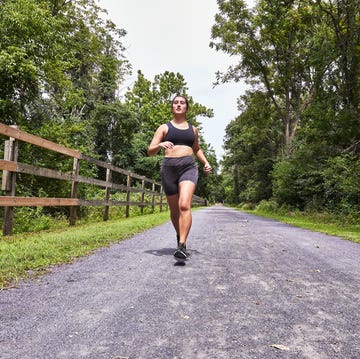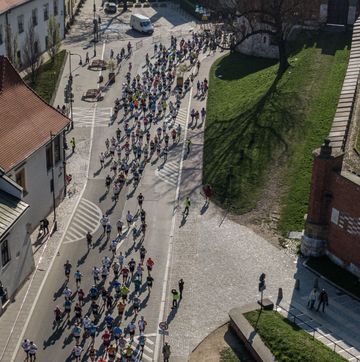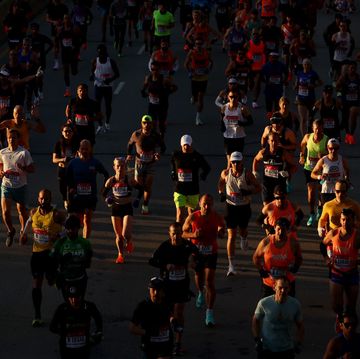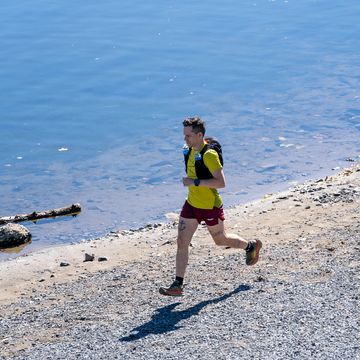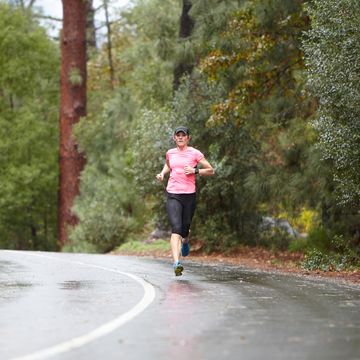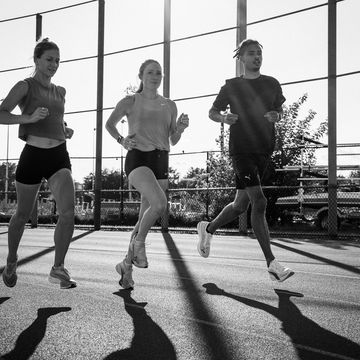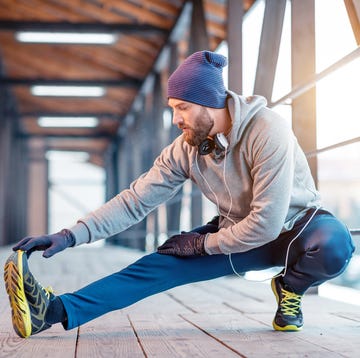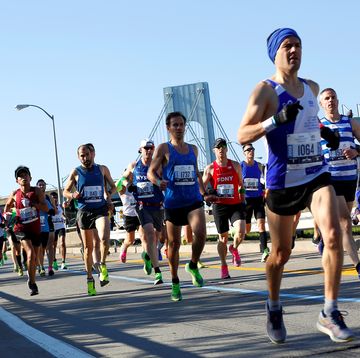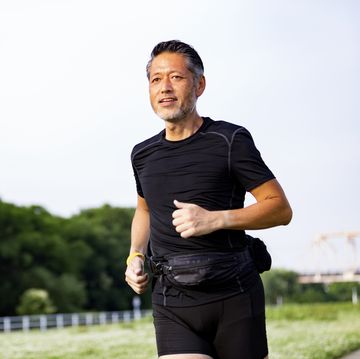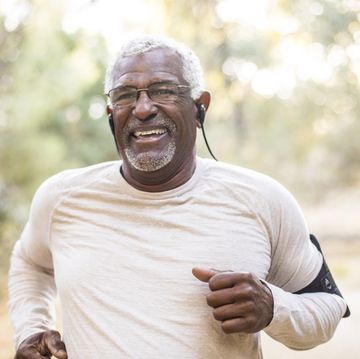The Olympic Museum at Lausanne, Switzerland, sits on one of the most beautiful, and expensive, pieces of real estate in the world. From its landscaped hillside, you look past the statue of Emil Zatopek or Paavo Nurmi to glistening Lake Geneva and the soaring Alps beyond. The Olympic flame burns eternally here, there's an olive tree from Greece, and you enter the architectural masterpiece of the museum itself beneath a canopy made of high jump and pole vault bars set at the world and Olympic records. No expense spared. And for me, that was the problem.
The museum's extravagant high-tech displays are so insistent that they end up being about themselves, not the history of Olympic sport. When I wanted to see footage of Jesse Owens on his 1936 long jump, his take-off morphed magically into Bob Beamon, and then Carl Lewis, and seven or eight others, so you never get more than a fragment of any one jump. To study the highlights of each successive games, you have to peer through and around giant images of the International Olympic Committee president of the time, heavily etched in the glass. And too often the chosen highlights are blow-up photos of the same president hobnobbing with princes or politicians. A lot of vanity as well as a lot of money is on display in the Olympic Museum.
Yes, there are treasures. The garden is full of exciting modern sports sculpture. There is a wonderful exhibit of Greek sports art: vases, coins and statuettes. And I saw the actual handwritten letter that Michel Breal wrote to Pierre de Coubertin in 1894, proposing "une course de Marathon au Payx" (a run from Marathon to Athens).
If you want to see expenditure on a museum that could have financed running programs all over Africa, go to Lausanne. But for the real history of our sport, I recommend the AIMS (Association of International Marathons) Marathon Museum of Running in the 1936 Olympic complex in Berlin. It's still being developed, and there's no lavish technology, but its modest displays of memorabilia, photos and captions are genuinely expert, and tell you a lot about (so far) the beginnings of the marathon and the development of women's running.
More From Runner's World

Even more important, behind the scenes is a jam-packed archive that will be a priceless resource for researchers. The driving forces are historian Gerd Steins and the Berlin Marathon's founder, Horst Milde, but there's a major American connection in the rich collection recently donated by and is a frequent of Atlanta. Yes, that's the same Dr. Dave whose scientific mastermind helped Americans to two unexpected medals in the 2004 Olympic marathons (Meb Keflezighi, silver; Deena Kastor, bronze), the same Dr. Dave who co-authored the best two books on marathon history (The Marathon Footrace and The Olympic Marathon), and the same Dr. Dave who's the leading expert on exercise physiology, and a coach, statistician, and much else.
Dave, 72, is sadly in poor health, but his huge lifetime contribution to running will continue indefinitely, in the 800 books and bound magazine volumes he sent to Berlin, as well as memorabilia that include a complete set of Peachtree Road Race finishers shirts. He hasn't finished. When I was going to Berlin in September, he asked me to deliver a folio of letters from the early years of the women's marathon, which he vigorously supported and helped to develop. If you're one of those, for instance, who doubt the supposed 2:46:32 world record in 1977 by little-known Australian Adrienne Beames (omitted from some lists), Dave's files might persuade you she was for real.
That's what museums, archives, libraries and historians like David Martin are for. They help the future get things right. If you wonder why an iconic American sage has to send his collections to Germany … you might well ask. Attempts to arouse interest in an American center for the study of running are so far stuck on the start line. Some local collections exist, in Boston, for instance, and the great Ted Corbitt's son Gary is coordinating a group trying to make something happen. Maybe our sport is always too busy going forward to worry about the past, but at this moment the basements of many aging American runners are stacked with priceless things. It's time we found them a home.
Roger Robinson has done many things in a lifetime in running, including racing for England and New Zealand, setting masters records at Boston and New York, and working as stadium announcer and TV and radio commentator. Most of his jobs involve finding words to describe or analyze running. The first of his successful books, “Heroes and Sparrows: a Celebration of Running” was reissued this year. Senior writer for Running Times he has won three U.S. running journalism awards. “Roger on Running” appears monthly on runningtimes.com. Read all of Roger's articles here.
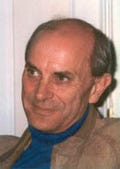
Roger Robinson is a highly-regarded writer and historian and author of seven books on running. His recent Running Throughout Time: the Greatest Running Stories Ever Told Run Walk Pace Calculator Running Times and is a frequent Runner’s World contributor, admired for his insightful obituaries. A lifetime elite runner, he represented England and New Zealand at the world level, set age-group marathon records in Boston and New York, and now runs top 80-plus times on two knee replacements. He is Emeritus Professor of English at Victoria University of Wellington, New Zealand, and is married to women’s running pioneer Kathrine Switzer.

